Batumi is not the only place to go for a beach holiday in the Georgian coast, in fact, it may be the worst one for a few reasons. Due to its crowds, the sea is not necessarily the cleanest here, and that huge port does not help with that either. It is also pretty hard to find any sort of serenity in a city that never seems to sleep. Smaller towns along the coast shine when it comes to that, escaping to the beach in an effort to have some small break from reality. Kobuleti is one such town, though admittedly when I visited it its beaches were more crowded than those in Batumi, nevertheless, everything else seemed more laid back. Read on to find out what this little town that used to be a resort town even in Soviet times holds for its visitors today, and why it has seen better days…
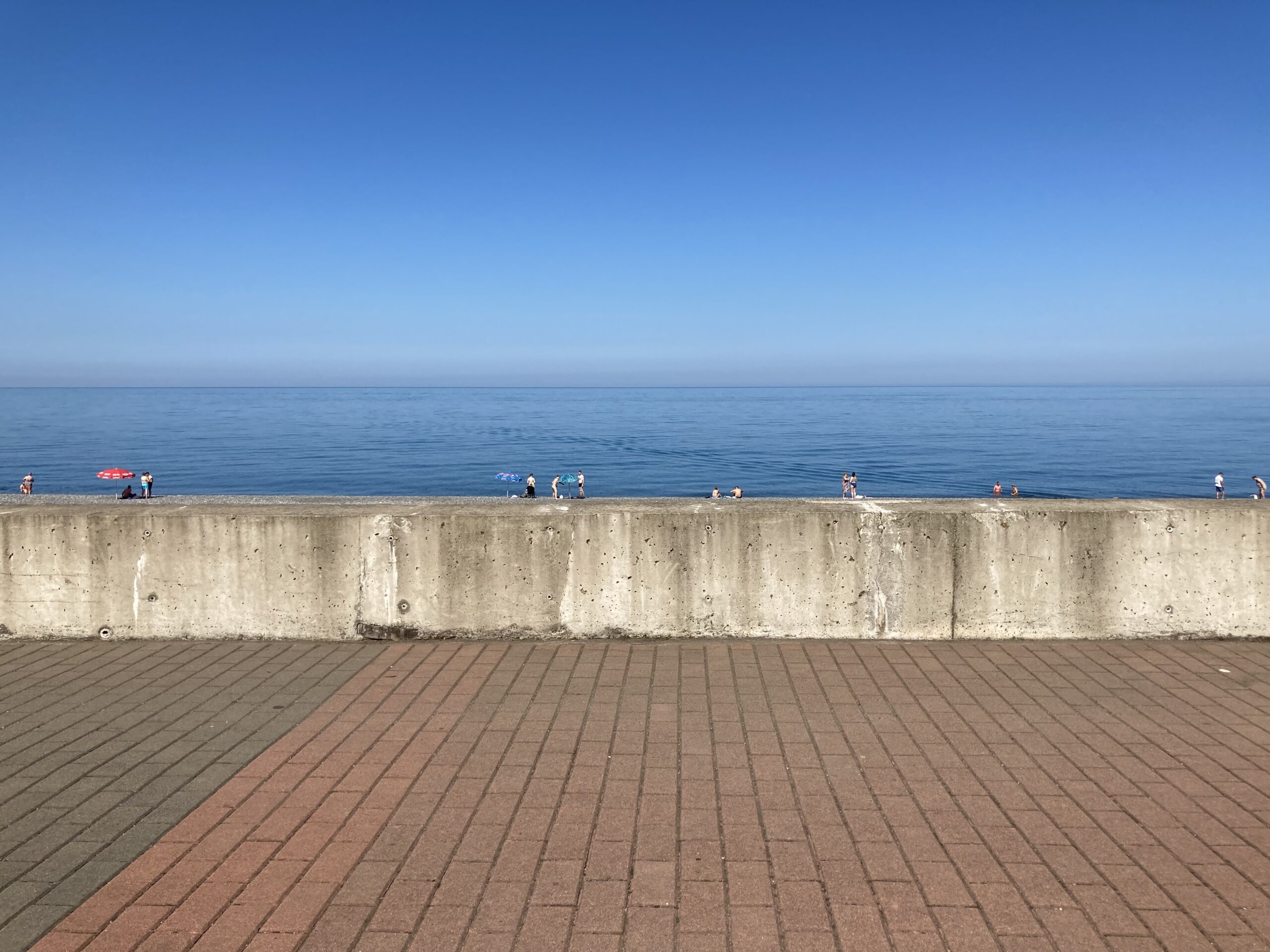
The main reason why I went to Kobuleti was as simple as it was peculiar. I wanted to see the easternmost end of the Black Sea. After spending about two years working on a BA dissertation about the Pontic slave trade, you can bet that I am interested in anything this sea has to offer. Incidentally, I also knew that Kobuleti used to be a slaver port as well, so it has a rather dark history for a resort town. Getting back on track, this photo in fact shows the easternmost end of the Black Sea, where I saw some Ukrainian (presumably refugees from the war) families sunbathe. I wonder if they knew where they were standing on, or whether they would care about it. Probably not…
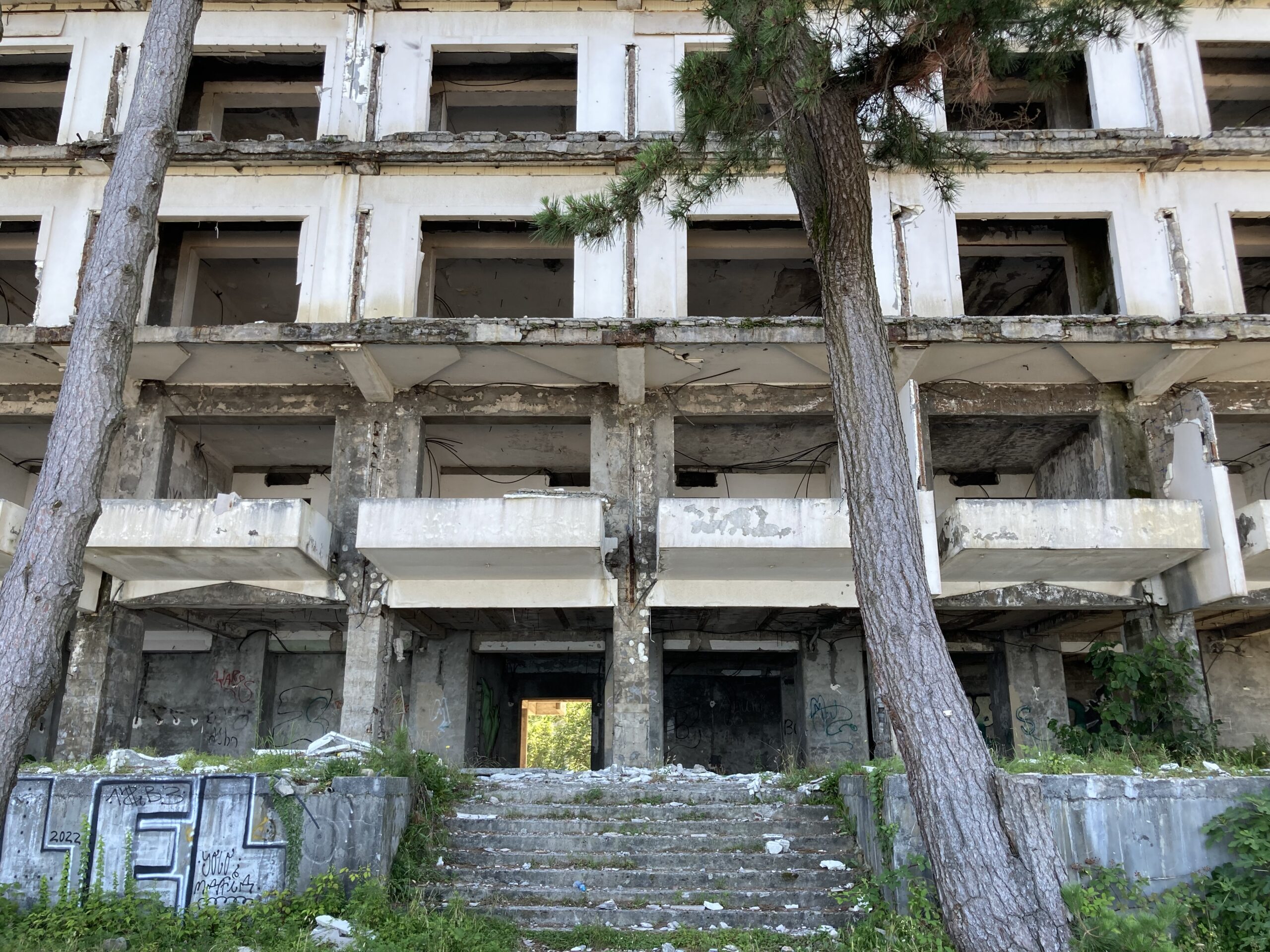
Back when USSR was still a thing, thousands of families would flock to the beaches of Kobuleti every year, which resulted in a ludicrous number of hotels and apartments to be built along its coast. Unfortunately, there is not a need for that many housing units anymore, which means that many derelict buildings like this one can easily be spotted all around town. After the war in 2008 with Russia, some refugees from Abkhazia were relocated to these now defunct hotels, but to my knowledge they are not staying there anymore, having moved on to (hopefully) greener pastures.
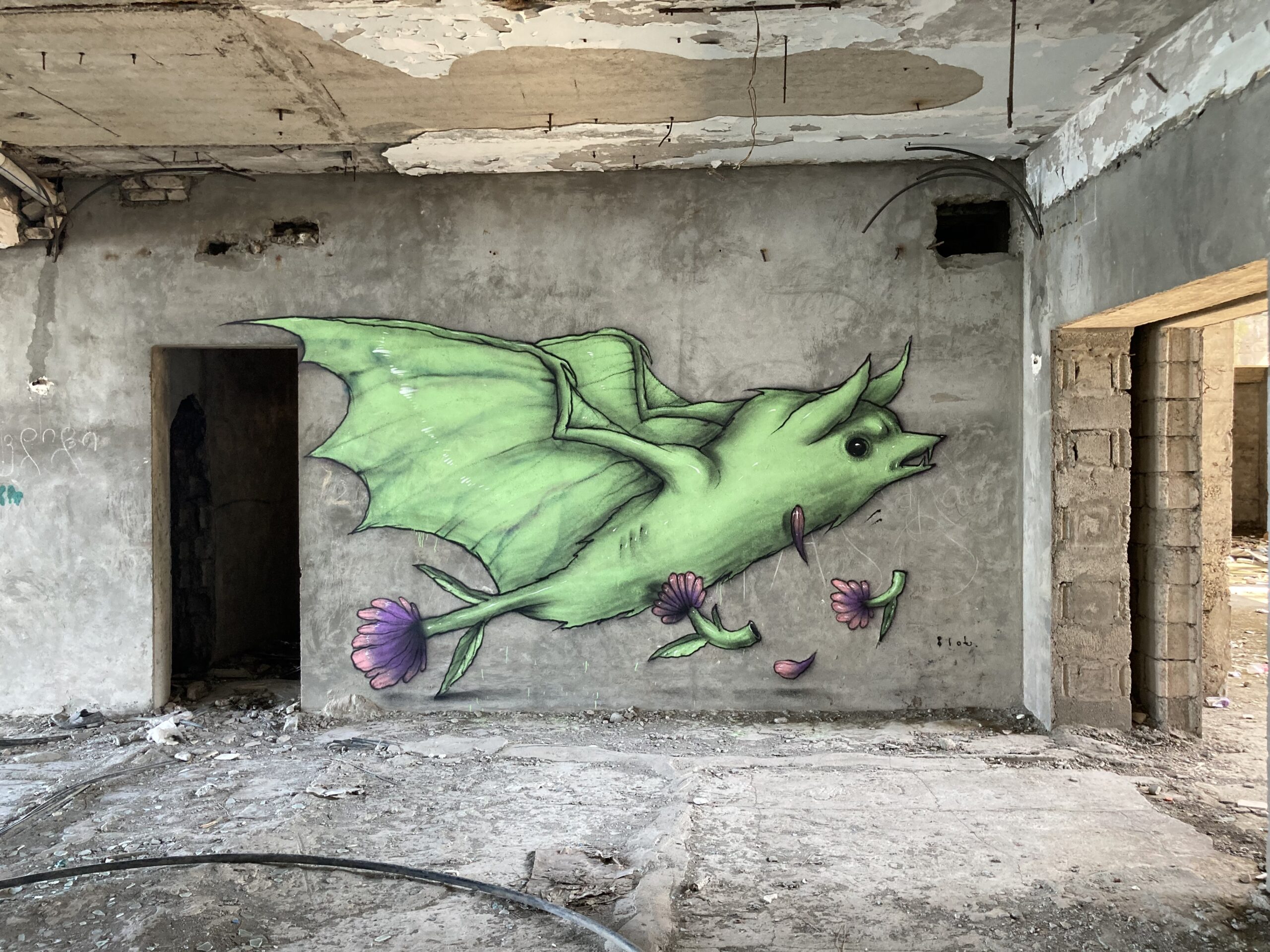
Some such buildings are already bought by investors who will turn them into properly working establishments once again, likely after demolishing what little remains of them. For now, some are free to enter and look around, and the local artists noticed that. You can easily find a lot of graffiti and scribbles all around these ruins. It is an eerie feeling, especially since they are often devoid of any other visitor, but also because a part of me knew that just over 30 years ago, these “ruins” were full of holidaymakers coming from all parts of the USSR. It is sobering in a tragic way to see that “even” 30 years, which is practically “nothing” for a historian, can make such a difference in a structure that is as “solid” as a hotel.
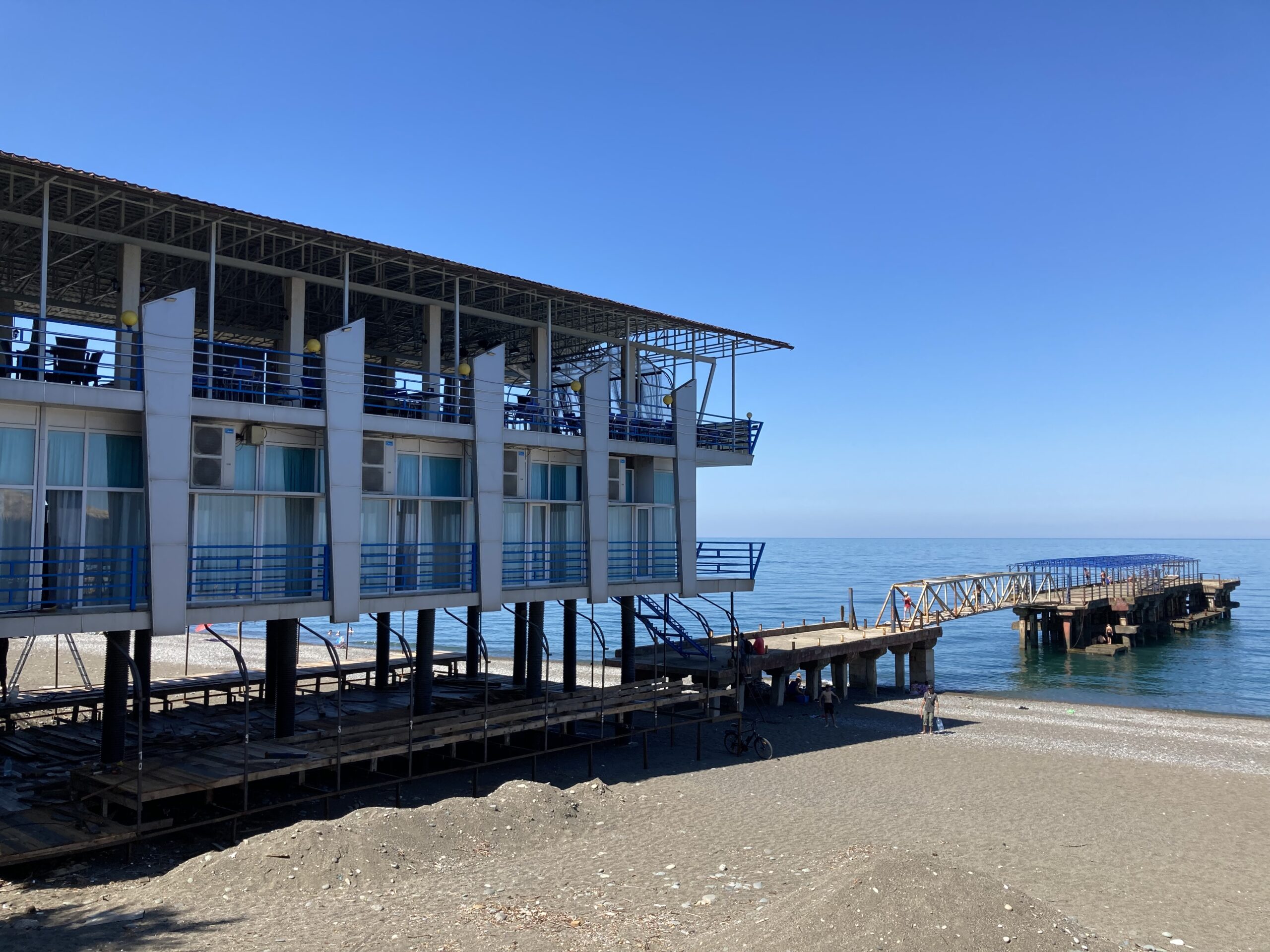
Despite its small population, Kobuleti has one of the longest beaches I have ever seen in my life. It took me a good portion of an hour to walk along half of it. There are some parks and benches to rest along the way, as well as few eateries and jetties like these. Some parts of it seem extremely crowded whereas some other (like this one) were all but deserted. I feel like the locals know where the sea is actually clean and/or warm and avoid the other areas.
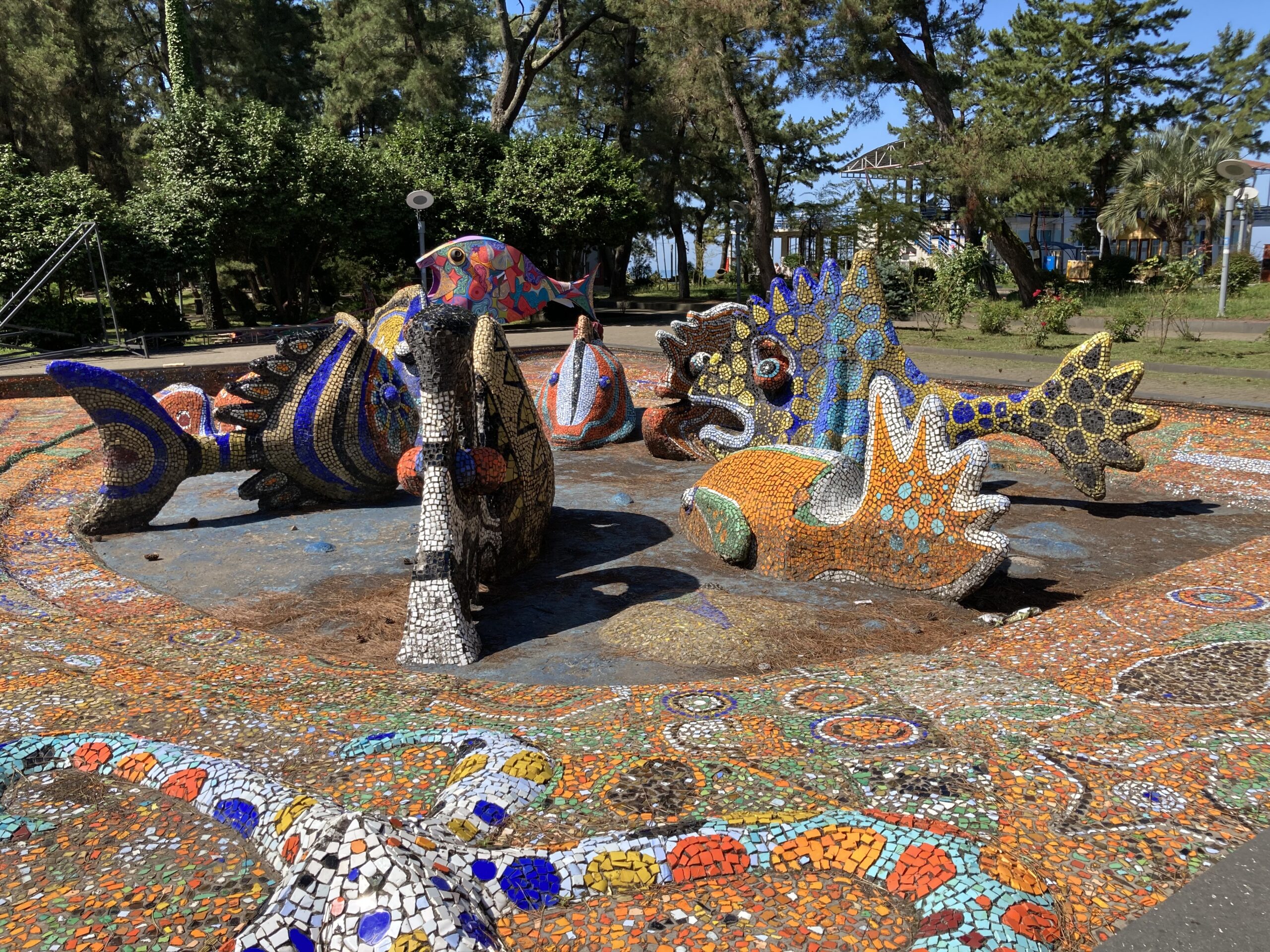
Though Kobuleti used to be an important node on the tourism maps of the USSR, it is hardly a “Soviet” city these days. Other than the ruins of “ancient hotels” that once hosted Soviet tourists, one can also find a handful of mosaics that are left over from that era. These three-dimensional fish mosaics were the highlight of the whole day trip for me. Later on, thanks to a friend of mine, I found out that these “livelier” mosaics were more popular down in the southern end of the USSR, which only made me realize just how much I need to plan my Northern Caucasus trip as soon as possible. In any case, stay tuned, as next week I will be covering yet another Georgian coastal city, one that differs significantly from Kobuleti.
